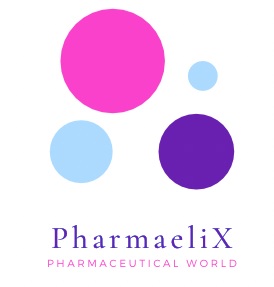Analytical Method Transfer Guidance is required for Pharmaceutical Industry for the Harmonization of the procedures (SOP). Method Transfer is also calling as “Analytical Method Transfer”. The Analytical method transfer (AMT), or “Technical Transfer of Analytical Methods” is a basic cGMP requirement. This is a key aspect in the pharma sector for those involved in contract manufacturing and testing.

Guidance on Analytical Method Transfer (AMT)
The purpose of this article is to provide guidance to the Pharma Industry for transferring a method for outsourcing testing. To fulfill the regulatory requirements, refer to WHO, USFDA, and EU GMP Chapters.
Read never before pharma articles – XRD Method Development Guidance 2023
Read never before Pharma articles only at PharmaeliX
Analytical method transfer is a common method verification process where the suitability of the Method can be tested or assessed.
The type of AMT most frequently seen on inspection is comparative testing. Comparative AMT requires both the transferring and receiving laboratory analysis. For that, the analysis shall perform on the agreed number of the same manufacturing batch. Finally, compare the data generated within both laboratories.
New methods Transfer allows the receiving labs to demonstrate that they can perform the analytical method effectively and reproducibly. Ensure that the transfer protocol covers all critical quality attributes and method parameters considered. It is important to maintain the method’s validated state and ensure product quality can be consistently met by the receiving laboratory.
Regulatory compliance is a shared responsibility and a collaborative approach will give both the transferring and receiving laboratories confidence in the data generated after the AMT is completed. For instance, performing a gap analysis would allow both parties to identify additional validation activities that may be required, and receiving laboratories should identify whether they have the staff and testing capacity to perform testing prior to AMT commencing.
The use of risk management principles for AMT is advantageous when identifying which tests to transfer and the number of tests to perform. This approach is particularly useful where similar products are already tested using similar techniques.
For AMT Conclusion (successful or unsuccessful), prepare a transfer report.
Analytical Method Transfer Concerns
Equipment was not qualified for the range used in the transferred method. Hence the impact of differences in equipment was not included in the gap analysis. The differences such as different makes and models of “High-performance liquid chromatography (HPLC)” instruments used at transferring and receiving sites. The receiving laboratory missed to follow the transfer protocol. Hence, the method references internal documents from the transferring laboratory which were not available at the receiving laboratory.
AMT was performed as a single test, on one batch of products. Examples are one single agar plate for a microbiology assay, one dissolution test, and one assay test without appropriate justification. A single strength was used to transfer methods used for multiple strengths.
Read more – Latest Retention Sample Management Guidance & Latest Hold Time Study Guidance

Trackbacks/Pingbacks